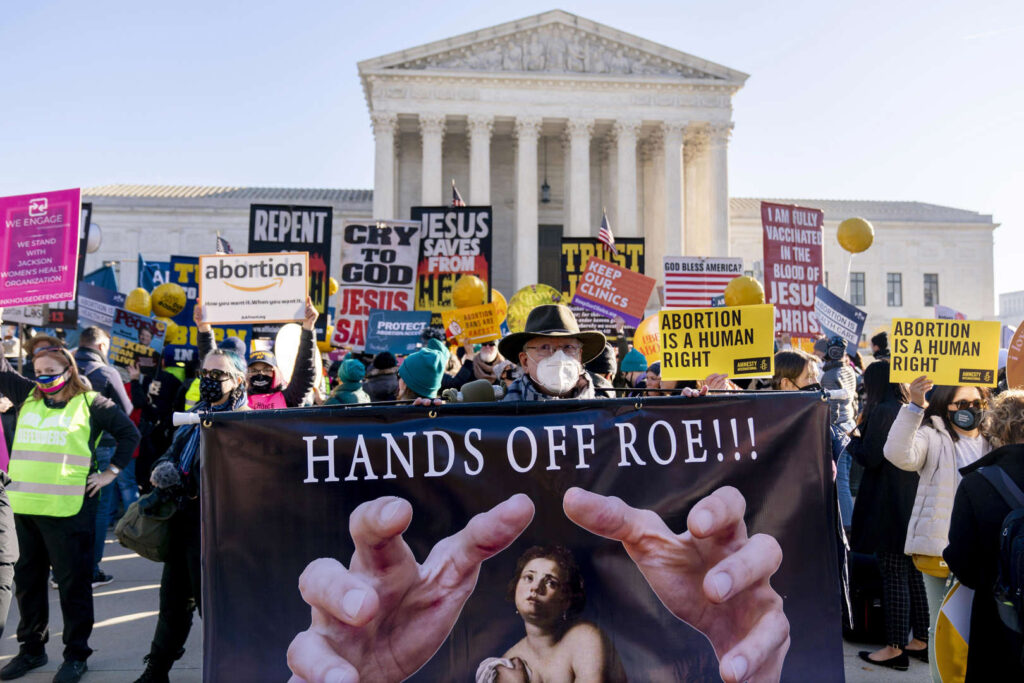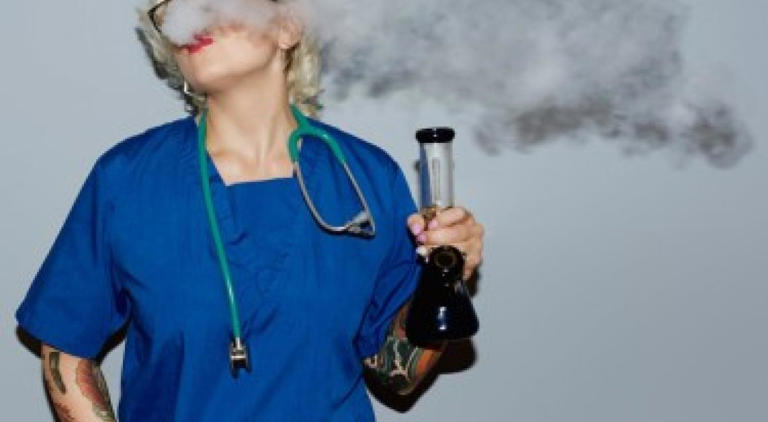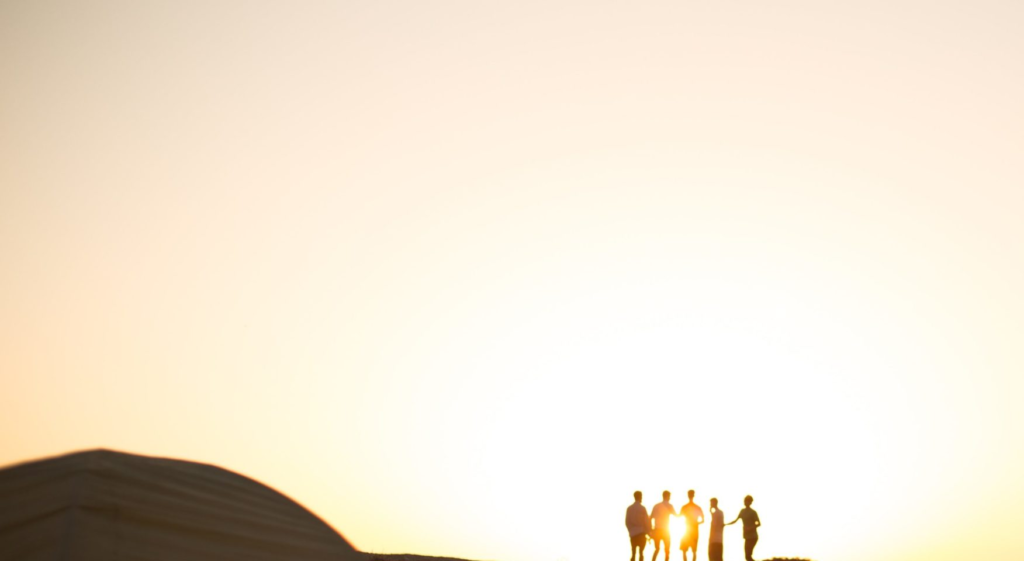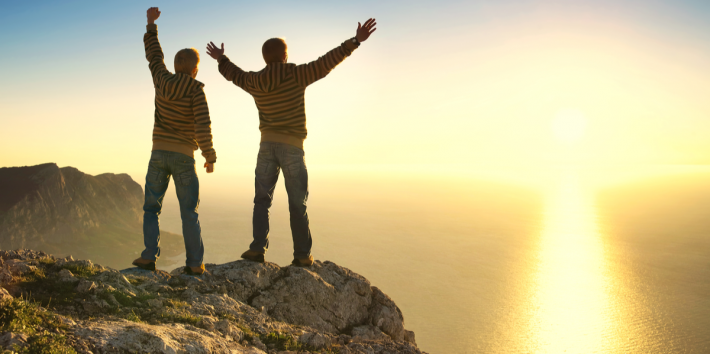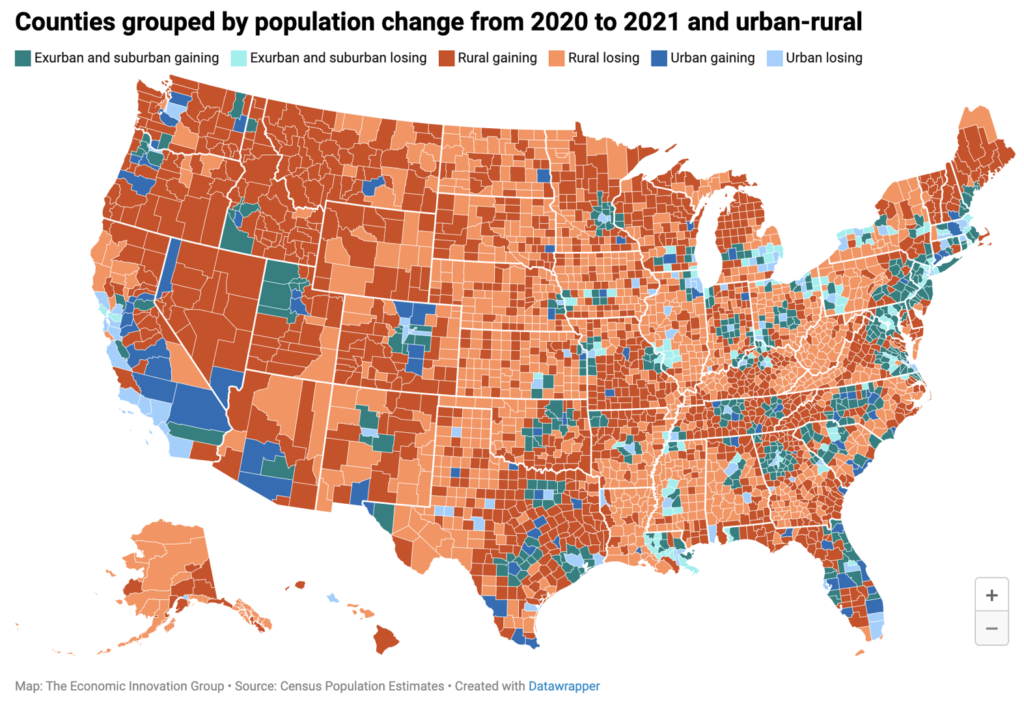
By Sherrie Campbell
Opinions expressed by Entrepreneur contributors are their own.
Highly desirable people are successful because they build their lives from the inside out.
Most people today live only a small shadow of the dream of who they truly desire to be. There may have been a time in their lives where they were passionate, ambitious and adventurous, but somehow and in some way, they lost that passion, gave up too easily, or expected things to come without the hard work necessary to bring their dream to fruition.
Entitlement has largely replaced passion in people today’s society.
The people out there who are the most fulfilled are those who do not give up on their dreams, who welcome hard work, trust failure will be a part of the process and seek to improve upon themselves each day. These highly desirable people love challenges, do not complain and get up no matter how often they fall down.
These people get the jobs, the relationships and the lives they want.

Ezra Bailey | Getty Images
1. They are real.
Highly desirable people are real. They do not hide behind a superficial persona. They live authentically as who they really are; not wasting any time or energy on having to pretend they are someone they are not. For highly desirable people it is not about making an impression, it’s about being impressive. They have no desire to manipulate a perfect image of themselves in the hopes that no one will see into their real internal conflicts or insecurities. Highly desirable people accept their humanity, their insecurities and don’t live trying to mask them.
2. Treat people with respect.
First and foremost, highly desirable people deeply respect themselves. They have standards of treatment they expect from others and apply those same standards in their treatment of others. Be kind to your neighbor is an important concept for them, where they are open and willing to always give people the benefit of the doubt. Highly desirable people understand how much easier life is when they treat people respectfully. Because of this quality, they attract love instead of hate, success not failure and sustaining careers in lieu of temporary jobs.
3. They love people.
Highly desirable people do not see other people as the enemy, even when those people are their competition. In a highly desirable person’s mindset, competition is friendly and inspiring. Conflict is sure to happen in life and between people, but highly desirable people are able to operate with a sense of firmness backed by grace in the large majority of high stress situations. They are able to do this because, on the whole, they love people and value relationships. It is this character trait which attracts healthier relationships into their lives, making them all that much more successful.
Related: 12 Mind Tricks That Will Make People Like You and Help You Get Ahead
4. They work to make a difference.
Highly desirable people do not stay in careers they dislike or in companies where no one cares about what they offer or what they contribute. Highly desirable people have a burning desire to build, establish and grow their work into something significant in the world. They do what they love and love what they do. Their work gives them a sense of purpose. Highly desirable people are compelled in wanting to leave their mark on the world; knowing they have made a measurable and significantly positive impact.
Highly desirable people feel empty without this effect in their lives.
It is impossible for them to settle for the meaningless.
5. They value their support system.
Highly desirable people know that the quality of their lives resides in the supportive network of love, comradery and friendships they hold close. A life without love and support would be no life at all to these types of people. For them, love and connection come first. This thought is the foundation from which all of their hard work and success stems from. Highly desirable people embrace commitment, unconditional positive regard, supporting others and being supported by others. They hold a great appreciation for the time spent in their relationships and are never too busy to give time to those they love.
6. They are leaders.
Highly desirable people choose their own trajectory in life and career. They ignore the quick-fix-get-rich distractions and commit to their own unique journey and vision. It is
not that they do not listen to the advice of others, because they do see this as useful and extremely valuable, but at the end of the day they follow their own hearts, listen to their gut instincts, knowing they will eventually reach what they have been driving towards.
Related: 15 Traits of Emotionally Wealthy People
7. They are risk takers.
For the highly desirable person it is a core belief that if there is no risk, there can be very little reward. To achieve the levels of success that are in their aspirations they know it will take great risk, and they expect to experience hardship along the way. Highly desirable people take the time to analyze their failures in order to transform them into their greatest successes. People are attracted to highly desirable people, not because of the money they make or status they acquire, but because they are good people.
8. They have a life strategy.
Highly desirable people have a life plan. They think deeply about what they want out of life and do not live haphazardly. They hold clear visions for where they want to be in ten years. They are clear, while remaining open to new ideas which can enhance and maybe even change the direction of their plan, but regardless, highly desirable people have direction. Because they know where their journey is going to take them, people will want to follow.
9. They are resilient.
Highly desirable people don’t get off track when things don’t go as planned. They are resilient and expect things to bring a certain amount of stress, lack of predictability and challenge. They get up and suit up, rather than getting down when they have a failure. Highly desirable people increase their levels of resiliency by analyzing why things didn’t work out as they had expected. They are committed to learning and to changing what they need to change to get to where they need to go. Giving up doesn’t exist in their vocabulary but moving forward does. Highly desirable people are attractive to others because they are survivors.
Related: 10 Traits All Successful Entrepreneurs Share
10. They live to have an impact.
Highly desirable people have a deep desire to have a positive impact on the world at large. These types of people are not self-centered, only thinking about “having” or “wanting” for themselves, alone. Highly desirable people want to be a part of changing the lives of others for the better. Many work in careers which support causes or philanthropies, where they can share their wealth, resources and knowledge. Others become professional coaches or therapists and others give more privately. No matter what path is chosen, highly desirable people see their ability to help others as their greatest gift.
Highly desirable people are successful because they build their lives from the inside out. They start with their passions, grit for hard work and the patience to hang in there when things are tough. They work from the desire to have an impact and to make a difference. They are not your superficial, narcissistic billboard of a person who works only as a shallow advertisement of success. For this reason, the highly desirable person has longevity, a supportive network of people and sustaining success, rather than short lived bursts of success built upon only a shallow image.
Entrepreneur Editors’ Picks
The ‘Bizarrely Authoritarian’ U.S. Education System Inspired This Husband and Wife to Co-Found a ‘Genius School’ for Future Entrepreneurs and Leaders, Improving Your Ability to Learn Means Leaving Your Comfort Zone
This Founder Is Starting a Breakfast Revolution by Reinventing One of America’s Favorite Foods
17 Bizarrely Brilliant Businesses That Will Help You Fall in Love, Get Revenge and More
Why Chick-fil-A Employees Never Say ‘You’re Welcome’
6 Leadership Lessons I’ve Learned From Playing Hockey Bar Rescue’s Jon Taffer:
‘If You Want to Win Arguments, You Must Argue Smarter’
RELATED: Why are people so despicable – Search (bing.com)
When I first started out as a therapist, I had the naive assumption that everyone who came to therapy ultimately wanted to be happy. I quickly came to realize that not only was this not the case, there was in fact a wide range of emotional goals, and some of them seemed almost in opposition to “obtaining” happiness. Of course, this was based on my own bias
of personally preferring happiness, and wanting other people around me to feel happier
as well.
However, just because “being happy” is a familiar feeling that I tend to gravitate towards, does not mean it is familiar or appealing to anyone else. I’ve had clients who cringe at the word “happy”, and would be more likely to choose something else entirely like: calm, excited, interested, autonomous, desirable, intimidating and many other completely different feelings besides “happy.”
Similarly, people may or may not like a person based on a number of different and individual reasons, regardless of how nice they are. Here are some common reasons below.
Why would someone not be liked even if they are “nice”?
What makes a person “nice” is completely subjective?
For example: one person’s “nice” might be another person’s clingy and annoying.
How nice a person is may not be an important factor to someone else. For example: They may prefer someone edgy, sarcastic, hip, or any other specific qualities that could appeal to another person. Unfortunately, not everyone values niceness as an important quality.
Even if a person values “niceness”, there may be other personal characteristics or behaviors that can turn someone else off. For example, if you are being nice to people, but have difficulty with other areas such as reading social cues, paying attention to timing, and other social norms, being nice may actually have the opposite effect then what is intended. For example, if a man (or a woman for that matter) on an empty subway came in and sat in the seat right next to me, knee to knee, and started talking to me about their life, even really nicely, I would find it off-putting and anxiety producing—no matter how nice they were trying to be.
Each person has their own temperament, past experiences, sensitivities, moods, etc.
Often if someone has a great personality but can’t seem to make friends, they may be in the wrong social groups. There are some groups that no matter what you do, you will never be “one of them” and it would be much more fruitful to instead work on finding the tribe that “gets” you, and feels like a more natural match for who you are.
Not fitting in in high school is one of the most common examples of being a poor fit for
a group out of no fault of one’s own, and how difficult and painful this can be. So many people have had the experience of not fitting in no matter what they did, and found that once they had more freedom to choose their own social groups (outside of high school), explore their own interests beyond what is valued in their social circles, etc., that often they became much happier and had the opportunity to surround themselves with people who valued their unique personality traits and temperament.
Many people make the incorrect assumption that either something is wrong with them if people don’t like them, or that something is wrong with the other person. Typically there are other mitigating factors that are not being taken into account that may be affecting whether or not people are drawn to someone else. This might include: what the other person looks for in a friend, any other unconscious behaviors that might work against a person, whether or not the person is a good fit for that particular group, and other reasons beyond this list. The point is, whether or not someone is attracted to another human being (regardless of sexual interest), may or may not have anything to do with how nice they are.

About the Author
Karen Arluck – Search (bing.com), LCSW is a licensed clinical psychotherapist in private practice, with offices in Manhattan and Long Island, NY.
Online: psychologytoday.com/us/therapists/Karen-Arluck-New-York-NY/205166
Originally published as an answer on Quora.com
I’m respectful, I treat everybody with respect, so why do most people I treat with respect treat me with disrespect?
What is a person who does not show respect for other people and their feelings?
There could be many, many reasons why. First, their opinion can be biased. For example,
I once met a young teenager, who I thought was, to be frank, extremely rude. He pushed through a crowd of people during a black friday sale, shouting “Move it!” Does that mean he was really, truly, despicable?
Perhaps not. I only saw him do one odious act, but then again, almost everyone has done something like that sometime in their life. Often, this is the circumstance that occurs when forming initial opinions of people – before you, if you even do, get to know them. Or it could simply be they dislike you for a grudge.
For example, say you refused a girl to a dance for your school, etc., and the girl had a brother who found out and began hating you. Would you know he was her brother? Probably not. Do you know why he hates you?
Probably not. Then, you have that category of people who just hate you. Why?
Who knows? Oftentimes, the people that hate you have no justifiable reason for it. It could be that you fit into one of their stereotyped categories. For example, someone could have had bad experiences with a certain race or gender, and marked all people of that race or gender as bullies, in order to help themselves avoid future conflict with the same issues as they have encountered before.
Or, it simply could be they just hate you because of a “gut feeling”. The thing is, just ignore them. If you and your friends think you aren’t despicable, then you aren’t! The opinions that really, truly matter are those who are closest to you – those who have seen all aspects of you. So relax when someone insults you, because they don’t know you.
Human beings tend to find different things respectful, it could be something that they themselves lack, like really good English speaking skill, or public speaking. Or something they value, money, ability to socialize etc. What do you think the people around you find respectful ? Do you have those qualities ? Do those qualities even matter to you ?
The same goes for being despicable, in my standards as long as you are not hurting someone’s feelings or physical self, you are fine, and that is Good.
‘I think that is a very positive thing:’ Bill Gates explains the digital silver lining to the Covid pandemic (msn.com)
If you dream about someone does that mean they’re thinking of you? Quora
Why Democrats Are Most Dangerous and Despicable People on the Planet (the federalist papers.org)
College Football Win Total Projections For All 131 Teams: Spring Version (msn.com)
The Main Reason Why People Like Dislikable People
https://omegazadvisors.com/2018/07/16/why-people-like
They think they’re good because they like them. Thus, the main reason why people like dislikable people is because people don’t need reasons to like people. They just do. Some positive emotional connection exists. That can be anything. It’s as different as the person. Said even simpler, people like dislikable people is because they like them.
The Most Despicable People of All Time – The Big Empire
www.bigempire.com/gift/millennium/despicable.html
The Big Empire salutes the 100 Most Despicable People of All Time. These are people whose cruelty, nauseating cuteness, or all-around creepiness have netted them a position in immortality. The list includes people you may not know, because the rich and famous are sinister, wicked and cruel. On those names you don’t recognize, you’ll just have to take our word that you don’t ever …
15 Habits of Highly Miserable People – Lifehack
https://www.lifehack.org/articles/communication/15...
They believe that humiliation is at the forefront of most people’s intentions which
will make a highly miserable person distrustful, resentful and always on the defensive. Miserable people expect the very worst from people and can’t imagine a person acting on good intentions.
They give themselves a negative identity and revel in it.
14 habits of stupid people that smart people don’t have
https://hackspirit.com/6-habits-make-people-seem-less-intelligent
People who are closed off are thought to be less intelligent than those who are open to hearing the opinions of others. 8) Smoking. Sure, it might have been cool in 1996 to light up a cigarette.
Pelosi lauds protesters using ‘righteous anger’ to ‘march and mobilize,’ as Supreme Court set to overturn Roe (msn.com)
Here’s how Black women in Georgia — a state with an ‘abysmal’ maternal mortality rate — will face a public health crisis if Roe v. Wade is overturned (msn.com)
Fed: Inflation, Ukraine biggest threats to financial system (msn.com)
Why are people so despicable – Bing video?

